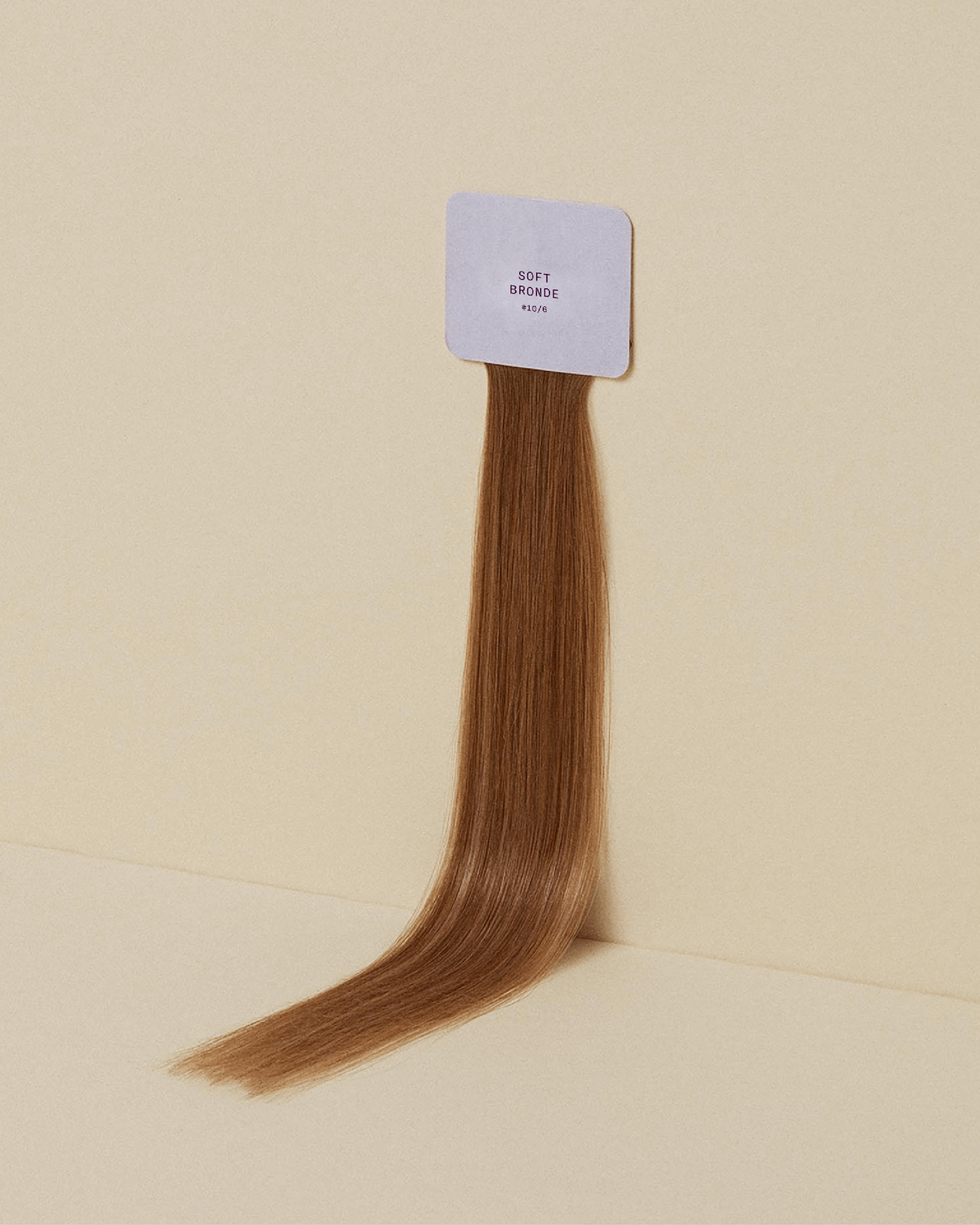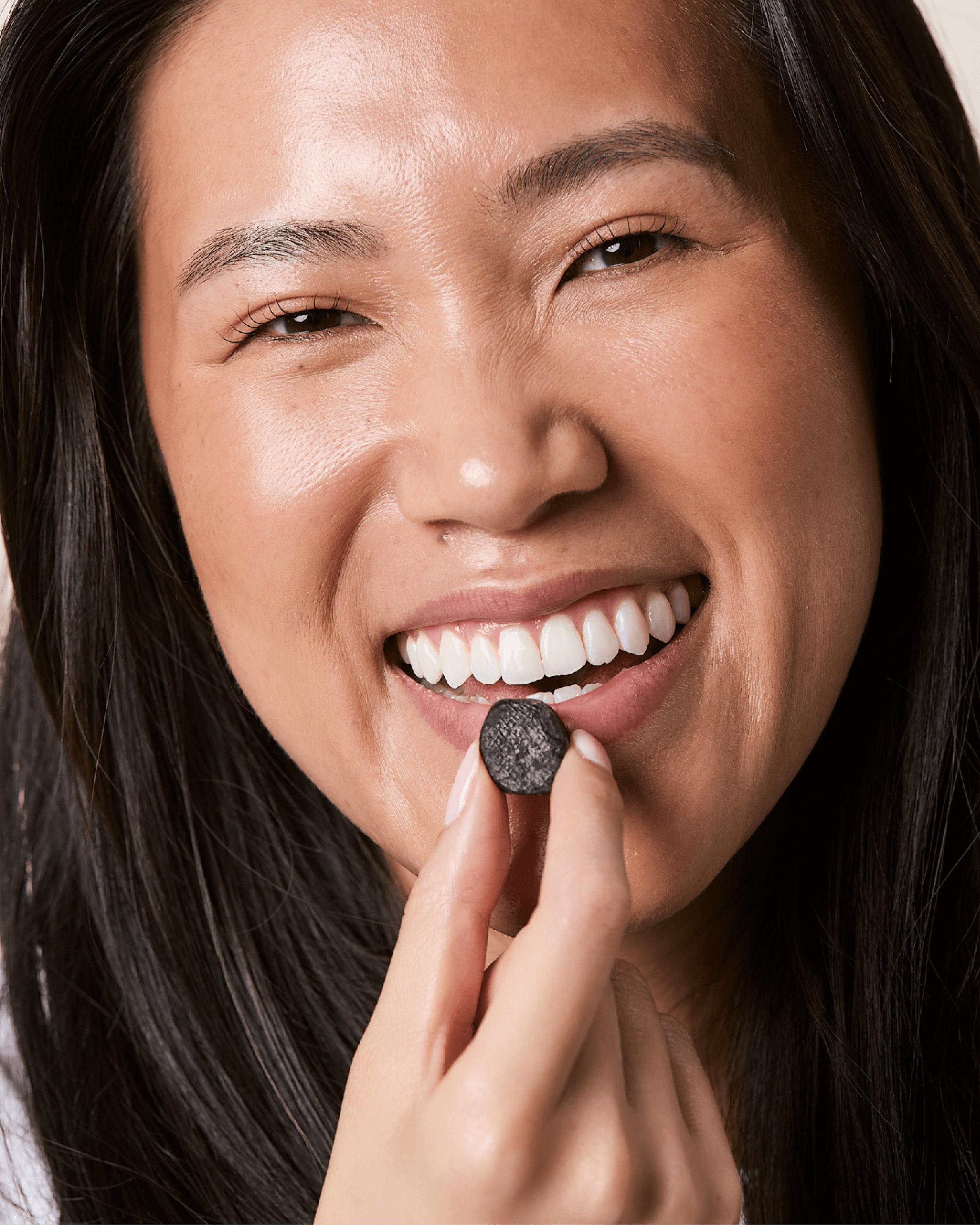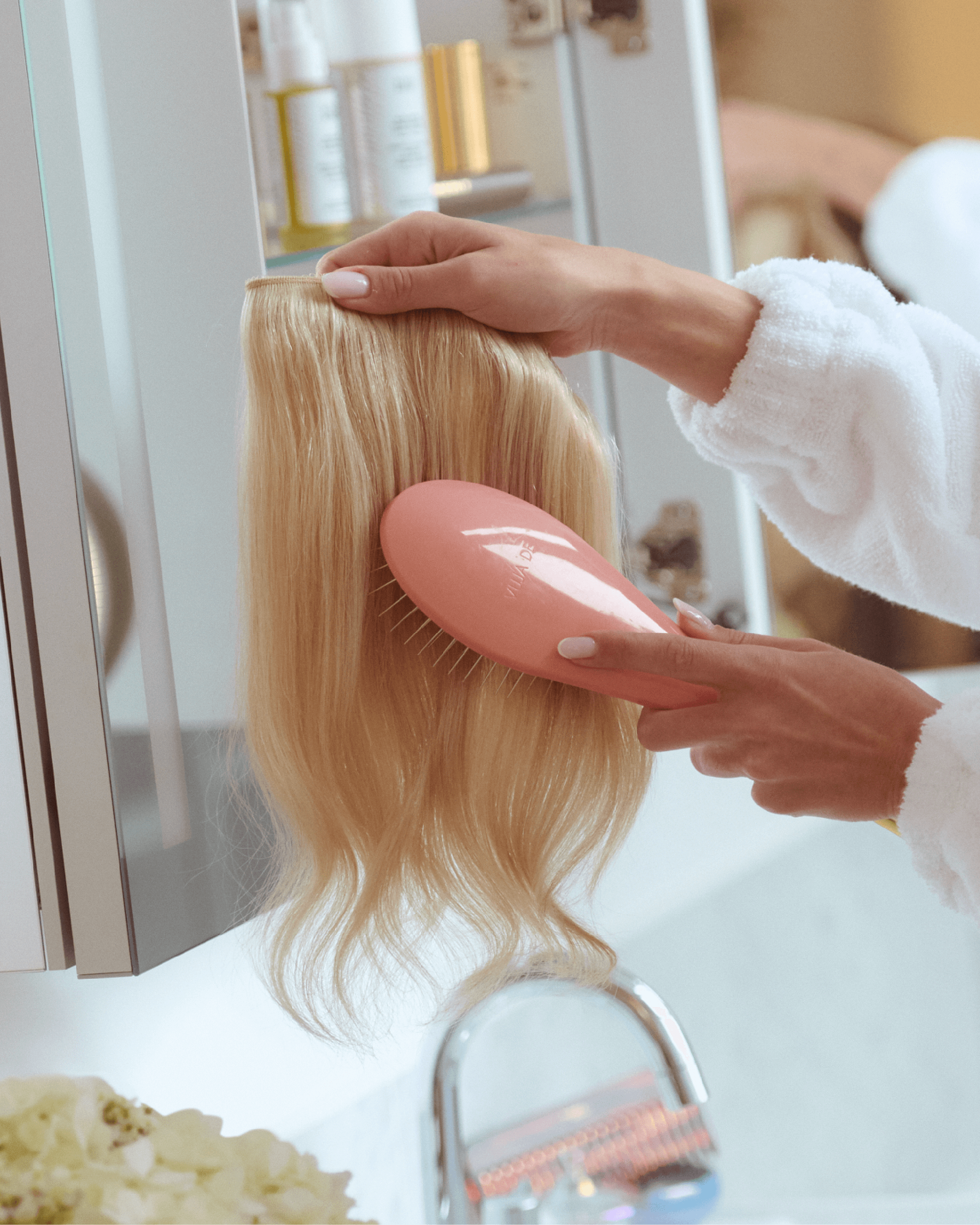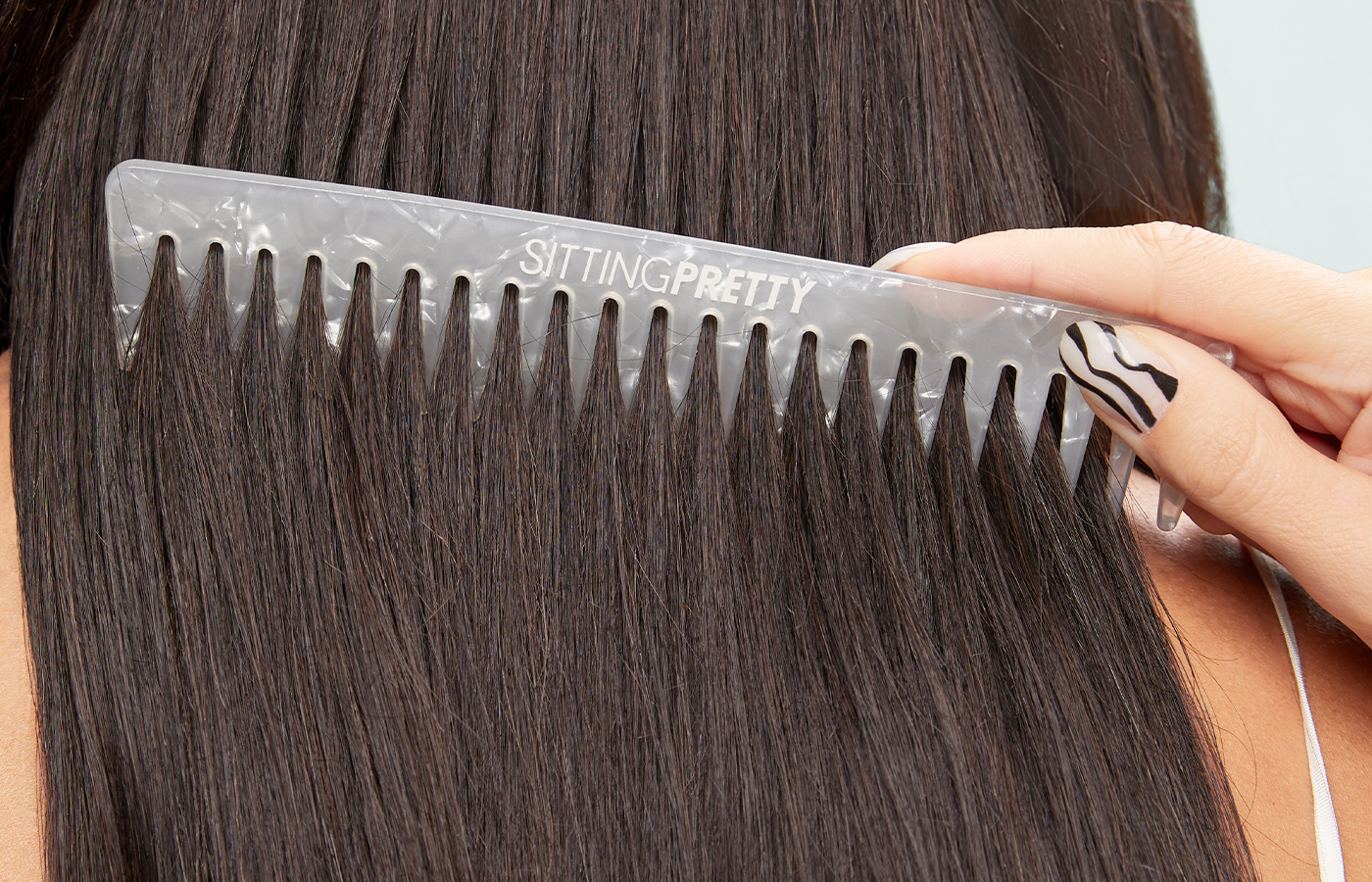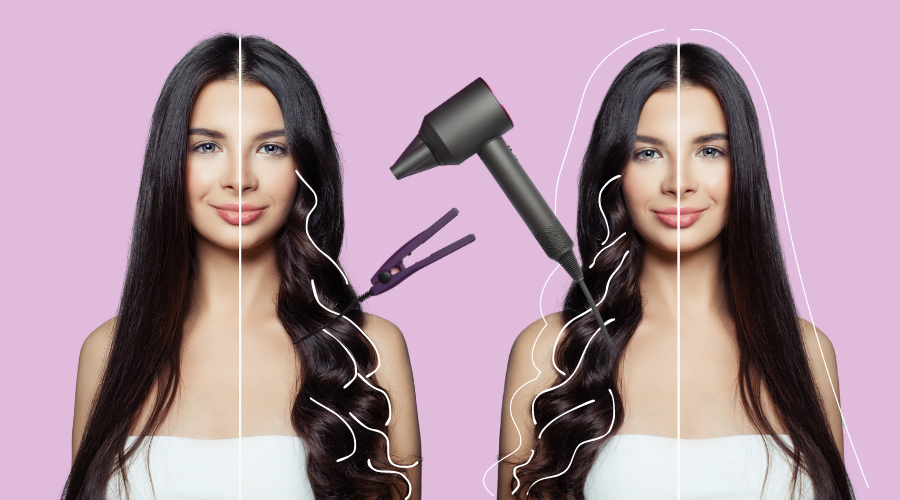I know you're looking for answers on how to brush your hair properly to avoid damage.
You're not alone.
Damage, broken ends, and even hair loss can result from brushing your hair incorrectly.
Don't lose hope, though!
In this blog post, I'll explain how to brush your hair properly to avoid damage. I will also discuss how to determine which brush is best suited to your hair texture and style.
Read on to learn how to maintain healthy hair even with regular brushing.
Understanding the Importance of Proper Hair Brushing
Before we delve into the techniques of proper hair brushing, it's crucial to understand why it matters.
Even while it may seem like a minor chore, brushing your hair regularly is actually really important for its general health and vitality.
Here's why:
a) Stimulates Blood Circulation
Brushing your hair stimulates blood flow to the scalp, nourishing the hair follicles and promoting hair growth. It also distributes the natural oils produced by your scalp, ensuring your strands receive essential nutrients.
b) Removes Tangles and Knots
Proper brushing eliminates tangles and knots, preventing hair breakage and damage. It detangles your hair gently and efficiently, making it easier to manage and style.
c) Distributes Natural Oils
By brushing your hair, you distribute the natural oils from the roots to the ends. Because of the barrier created by these oils, your hair will remain hydrated, lustrous, and resistant to frizz and split ends.
READ: How to Clean Your Hair Brushes Because Yes, They're Harming Your Hair
How To Brush Your Hair Properly
To achieve healthy and lustrous locks, it's vital to adopt the following techniques while brushing your hair:
1. Start with Dry Hair
Begin brushing your hair when it is dry to minimize damage. It's preferable to detangle hair before washing it or after it's completely dried, as wet hair is more fragile and prone to breaking.
2. Choose the Right Brush
Selecting the appropriate brush is essential to prevent damage and ensure effective brushing. Consider the following factors when choosing a brush:
Hair Texture
- For Fine Hair: Opt for brushes with soft bristles, like boar bristle brushes. They are gentle on delicate strands and help distribute natural oils.
- For Thick Hair: Look for brushes with wider-spaced bristles or paddle brushes. These are ideal for detangling and managing thick, voluminous hair.
Hair Length:
- For Short Hair: A compact brush with rounded bristles or a vented brush works well for shorter styles.
- For Long Hair: Choose a brush with longer bristles or a wide-toothed comb to avoid pulling and tugging on longer strands.
When it comes to caring for damaged hair, it's crucial to take extra precautions while brushing. To minimize stress on fragile strands, consider the following techniques:
- Opt for Brushes with Flexible Bristles: For damaged hair, it's best to choose brushes that have flexible bristles. These brushes offer gentler detangling and reduce the risk of further breakage. Look for brushes specifically designed for damaged or fragile hair.
- Embrace Cushioned Pads: Another excellent option for damaged hair is a brush with cushioned pads. These pads provide additional support and act as a buffer between the brush and your delicate strands. They help minimize stress and decrease the chances of causing more damage.
- Brush with Care: When brushing damaged hair, adopt a gentle approach. Use light, fluid strokes, and avoid pulling or tugging forcefully. Treat your hair with care, just like you would handle a delicate fabric. Maintaining the health of your damaged hair requires patience and a gentle touch.
- Detangle Starting from the Ends: To avoid unnecessary breakage, start detangling from the ends of your hair when it's damaged. Gradually work your way up towards the roots, unraveling knots and tangles gently. This method prevents strain on the hair shaft and minimizes the risk of causing more damage.
- Consider Wide-Toothed Combs: In addition to using brushes with flexible bristles, you may find wide-toothed combs beneficial for damaged hair. These combs provide wider spaces between the teeth, allowing for easier detangling without causing excessive stress on fragile strands. Opt for seamless combs to avoid snagging or pulling on your hair.
Divide and Conquer
Before brushing, divide your hair into sections to make the process more manageable. This technique prevents unnecessary tugging and breakage, especially if you have thick or long hair.
Start from the Ends
Start brushing from the tips and progressively proceed toward the roots. This approach prevents undue stress on the hair shaft and minimizes breakage.
READ NEXT: 7 Hair Styling Tools You Need To Own
Is It Bad to Brush Hair When Wet?
The subject of whether or not brushing damp hair is damaging is one that frequently arises. Let's put this myth to rest and uncover the truth about brushing wet hair.
Dr. Zoe Diana Draelos, a clinical and research dermatologist, observed that wet straight hair has higher combing friction than dry straight hair. This suggests that combing wet hair can stretch the hair shafts to the point of breakage.
Wet hair is more fragile because its structure changes, leaving it more open to breakage. The water causes the hair shaft to swell, resulting in increased elasticity and reduced strength.
While it's important to be gentle with wet hair, avoiding brushing it altogether isn't the answer. With the right approach, you can safely detangle wet hair without causing harm.
- Using a brush on wet hair is like trying to tame a wild beast with a toothpick. Use a wide-toothed comb. The wider gaps between the comb's teeth allow for easier detangling without excessive force. This reduces the risk of breakage and minimizes stress on your damp strands.
- When combing wet hair, always begin from the ends and work your way up toward the roots. This technique gradually untangles the knots without pulling or yanking on your hair. By starting at the bottom, you prevent unnecessary strain on the entire length of your hair.
- Leave-in conditioners and detangling sprays can be used to wet hair to further facilitate the detangling process. These products provide extra moisture and slip, making it easier for the comb to glide through your hair. They help reduce friction, minimize breakage, and protect your strands from damage.
- Patience is key when brushing wet hair. Slowly untangle the knots. Avoid rushing or forcefully tugging at the knots, as this can cause unnecessary damage. Treat your wet hair with care, and it will reward you with healthier, more resilient locks.
ALSO READ: The Best Scalp Massage for Hair Growth
Mastering the art of proper hair brushing is crucial for preventing damage, breakage, and hair loss. By adhering to these guidelines, you will make significant progress toward achieving attractive and undamaged hair.
